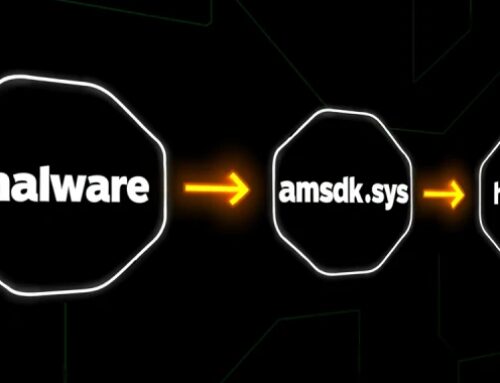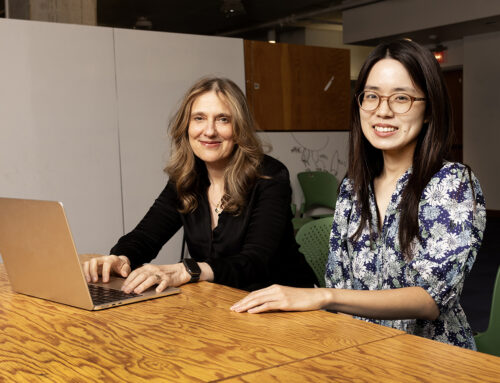The advent of artificial intelligence (AI) has sparked an exhilarating debate across various domains, particularly in the sphere of creative industries. As AI technology evolves, its capabilities have begun to encroach upon traditionally human-centric creative fields such as art, music, literature, and design. This burgeoning interplay between human creativity and machine-generated content raises a fundamental question: can machines truly be creative? This article explores the implications of AI in creative spaces, examining its contributions, limitations, and the philosophical quandary of creativity itself.
Understanding Creativity: A Brief Overview
To assess AI’s role in creativity, it is essential to establish what we mean by "creativity." Traditionally, creativity is seen as the ability to produce work that is novel and valuable. It encompasses a range of processes, from idea generation to execution, and involves emotional depth, context, and cultural significance. The human creative process is often informed by personal experience, social interaction, and an understanding of the world—all characteristics that machines currently lack. However, AI’s ability to analyze vast amounts of data and generate outputs based on learned patterns invites us to reconsider the scope of creativity.
AI’s Role in the Creative Process
Art
AI-generated artwork has gained substantial visibility, with notable projects such as DeepArt and the infamous portrait "Edmond de Belamy," which was created by the Paris-based art collective Obvious and sold at auction for an impressive $432,500. These examples demonstrate that AI can produce visually compelling images that mimic human styles. The technology employs algorithms—particularly Generative Adversarial Networks (GANs)—to analyze existing artworks and create new variations. While AI can generate art based on learned patterns, critics argue that it lacks the emotional and contextual grounding that informs human creative expression.
Music
In music, AI systems like OpenAI’s MuseNet and Google’s Magenta can compose original pieces across diverse genres. They can blend styles, imitate famous composers, or even create entirely new soundscapes. These programs have been acclaimed for their ability to produce technically proficient pieces, but they still rely heavily on pre-existing data and patterns, leading to questions about originality and artistic genius. The emotion embedded in music—shaped by personal experiences and cultural influences—challenges the notion that AI can generate “authentic” creativity.
Literature
In the literary world, AI’s presence is also felt. Tools like GPT-3 have showcased their ability to generate poetry and prose, sometimes even crafting narratives that captivate readers. Yet, the texts produced often lack the depth and nuance of human writing. Sentiment, irony, and subtext—hallmarks of exquisite storytelling—can be challenging for AI to navigate authentically. The beauty of language, intertwined with human experience, seems to remain a distinctively human endeavor.
Limitations and Ethical Considerations
While AI can produce creative outputs, it is essential to acknowledge its limitations. Machines lack consciousness, emotional capacity, and societal context, which are pivotal to creating work that resonates with people on a profound level. The interpretations, meanings, and emotional connections we derive from art, music, and literature are inherently human. AI, fundamentally, functions as a tool, synthesizing existing data but not innovating in the truest sense.
Moreover, there are ethical implications surrounding authorship and originality. If an AI generates a piece of art or music, who owns it? The programmer? The user? These questions challenge traditional notions of intellectual property in the creative realm.
The Future: Collaborators or Replacers?
As AI continues to evolve, its integration into creative processes could lead to a synergistic relationship between humans and machines. Rather than replacing creative professionals, AI may serve as a valuable collaborator, enhancing artistic possibilities and expanding the boundaries of creativity. For example, artists might use AI to generate initial ideas or experiments, which they can then refine and imbue with personal significance.
Embracing the Hybrid Model
The most promising applications of AI in creative industries may emerge from a hybrid model—one where AI tools augment human creativity instead of attempting to replicate it. This partnership could lead to innovative outcomes, merging human insight with machine efficiency. As technology advances, the future of creativity may well lie in collaborative efforts.
Conclusion
The question of whether machines can be creative is both complex and nuanced. While AI can produce impressive works of art, music, and literature, it does so from data and patterns rather than a deeply rooted understanding of human experience. True creativity seems to reside in the profound connections humans make with their art—the emotions, histories, contexts, and intentions that infuse their work with meaning. As we navigate the evolving role of AI in creative industries, understanding its capabilities and limitations will be essential in fostering a landscape where human creativity and machine intelligence can coexist harmoniously. While AI may not replace the artists of the world, it undoubtedly poses exciting opportunities to redefine the creative process itself.




Deixe o seu comentário